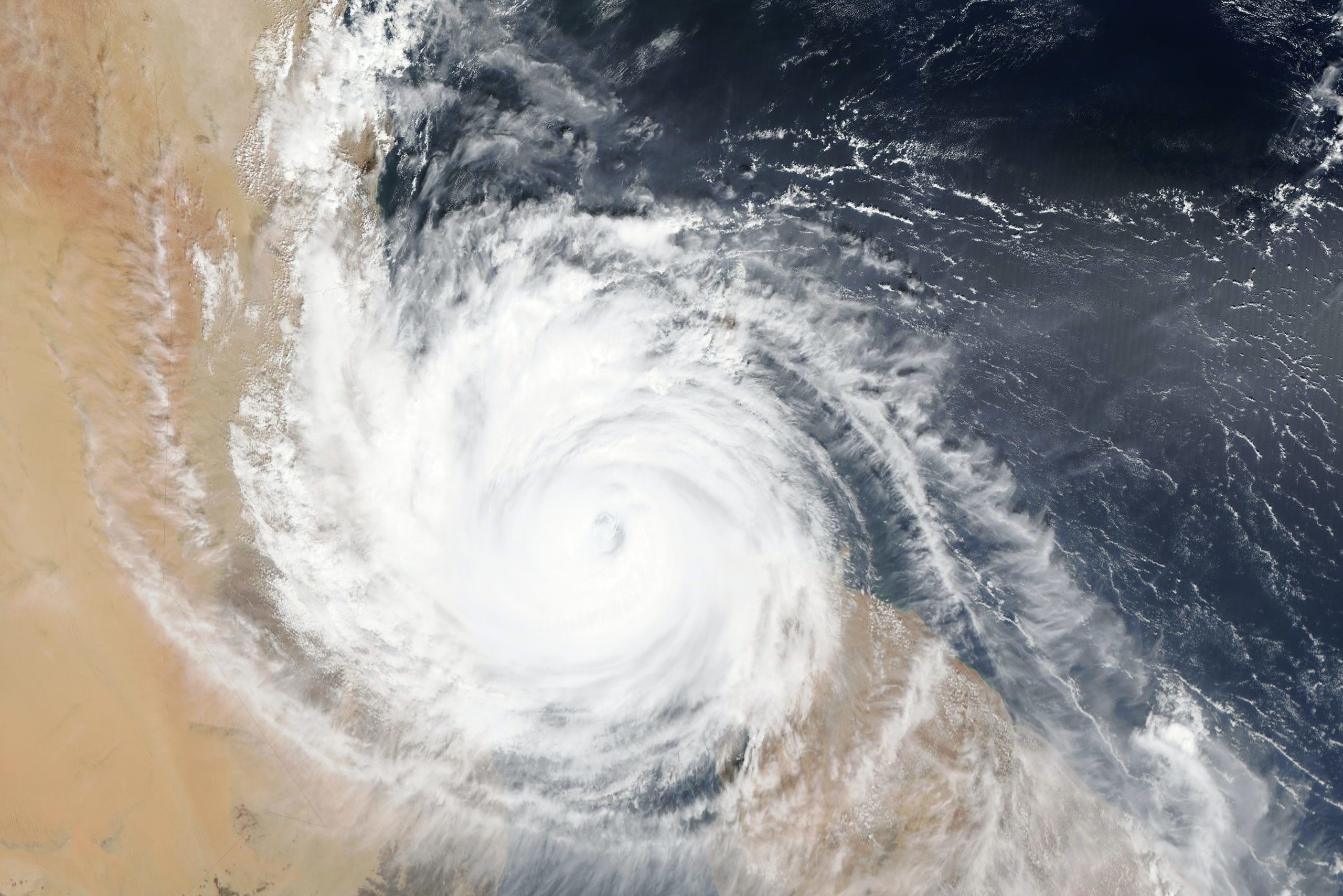10/3/22
Hurricane Ian has been carving a path of destruction through Florida and the Caribbean. The Category 4 storm is one of the most intense storms in US history. It has devastated much of the Florida peninsula, flooding homes and causing over 2.5 million residences and businesses to lose electricity. At the time of writing this article, there have been 21 confirmed deaths in Florida alone.
Ian began as a tropical storm approximately 385 miles southeast of Jamaica on September 23. On September 27, the storm had grown to a Category 3 hurricane and made landfall on Cuba’s western coast. From there it tore through the island, before gaining more energy over the warm waters of the Gulf of Mexico and moving over Florida. Warm ocean waters contain a lot of energy, but they are just one aspect of what creates a hurricane. Ocean water acts more as a fuel source for storms, and the surface temperature of sea water can be used to predict how well the ocean can sustain a storm. Sea surface temperatures (SSTs) are usually around 82.04 degrees Fahrenheit; however, based on data from NASA, extreme storms form when SSTs are over 82 degrees fahrenheit. According to the NOAA, water temperatures were around 90 degrees when Hurricane Ian was forming. This contributed to the storm’s rapid intensification, and subsequent destruction.
While some of this increase is due to La Niña conditions, a time period of warmer ocean temperatures, it is also heavily influenced by climate change. This kind of rapidly intensifying storm is not unprecedented. The NOAA climate change models show an increase in rainfall by 2100, meaning storms will be more intense with worse flooding as the Earth gets warmer. In June of 2020, NASA predicted that warming ocean temperatures would increase the intensity of hurricanes to a Category 4 or 5, rather than their frequency. Basically, there will be fewer storms, but the storms that do form will be far larger and more destructive.
At this point, mitigating the damage caused by climate change must be a worldwide effort. The Paris Agreement, signed in 2015, aims to keep global temperature increase below 2 degrees Celsius over the course of the next century. However, impacts from climate change are affecting lives in the present day. In the case of Hurricane Ian, meteorologists were able to provide a few days of warning before it hit Florida, but in spite of that warning, the destruction and loss of life makes it one of the deadliest hurricanes in history. As the Earth gets warmer, lawmakers and engineers need to work towards actionable solutions to prevent the tragic loss of life during environmental disasters.
Hurricane Ian is now on a path to hit North and South Carolina as a Category 2 or 3 hurricane. What preparations community leaders make now will determine how the U.S. reacts to such events in the future, and will impact millions of lives.

